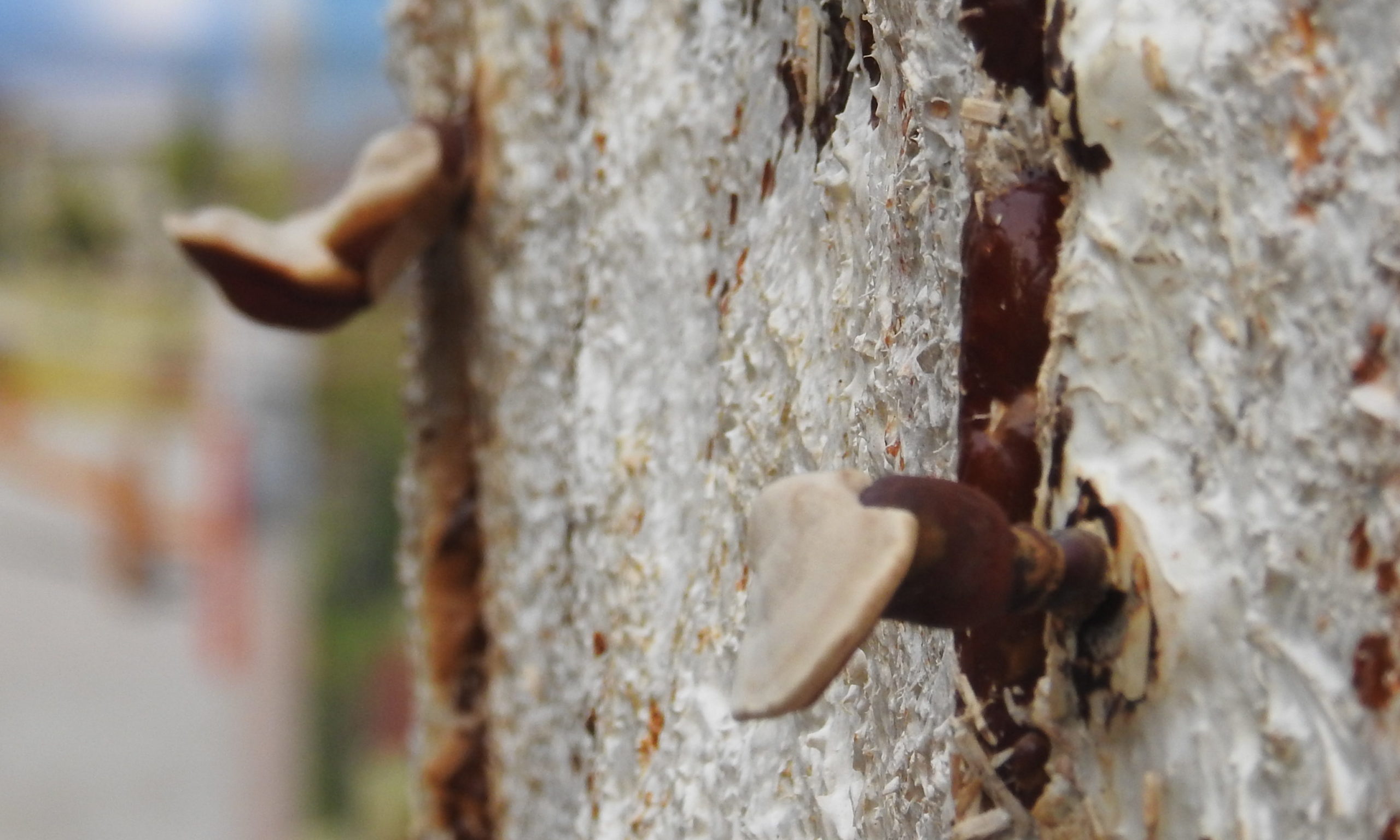The pavilion is unique in the way in which a large number of biobased materials, such as wood, hemp, mycelium, cattail, and cotton, come together to form an extraordinary creation.
Read along in our Material Atlas, presented below. In this atlas, we share the collection of materials that we found in our search for biobased designing and building. The book shows how far we can go at this moment in our ambition for entirely biobased building. Look around and discover the origin of the materials that we’ve used and be inspired by the smart way in which they can be applied.
FACT: These materials are not only very beautiful, they absorb so much CO2 that this pavilion, including transport and production, is 10 tons of CO2 NEGATIVE.
Mycelium
The skin of this pavilion consists of 88 mycelium panels. Mycelium are the roots of the mushroom that make beautiful networks underground. If you mix shredded hemp, or flax, or any other crop with strong natural fibers with a little mushroom you will get these beautiful, sturdy, very light, fire-retardant, water-repellent, acoustic top sheets in just a few weeks. You can use them indoors, or as insulation between your walls, but also, with the right natural coating, as facade panels outside. And no, the mushroom no longer grows, it has stopped due to drying and can therefore no longer release spores. In addition to mycelium, we have used a number of beautiful grown and harvested materials, discover them in the pavilion.

